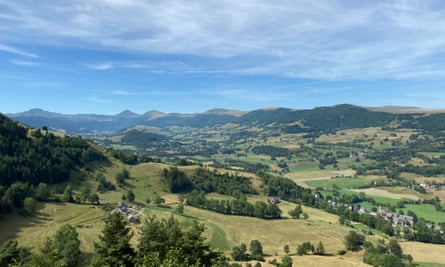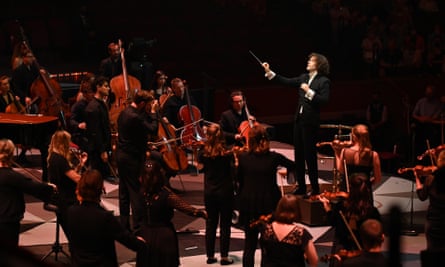I first met Mira Calix six years ago. My group, The Hermes Experiment, got in touch with her to ask if she would be interested in writing us a new piece. We had come across her striking electronic music through the Nonclassical label and were excited at the idea of a potential collaboration. She replied quickly: “i’d love to do this – yes!” (she never used capital letters) and so Oliver Pashley, our clarinettist, and I met her for a coffee to discuss the commission.
I remember that first encounter so well: she was chilled, funny, vibrant, full of brilliant ideas and looking incredibly cool in her green bobble hat. The work she wrote for us is called DMe, a beautiful graphic score which is as much a piece of visual art as it is a piece of music combined with performance art. And that’s what I admired so much about Mira – her capacity to be so open to different art forms, different approaches, and yet to somehow make sense of it all as a whole. She also had this gift for bringing people together, whether through her work, friendships or the anti-Brexit marches that she would always rally the troops for.
Mira and I became friends and worked together on a number of other projects: for Secret Cinema, for the exhibition Good Grief, Charlie Brown! at Somerset House in London, and most recently on a new artwork for the exhibition Beano: The Art of Breaking the Rules also at Somerset House which was curated by her partner, the brilliant artist Andy Holden.

I remember visiting the two of them in their home-studio in August 2021 – it was like entering a magical world full of art, creative ideas and love. It was soon after my birthday and as a present they gave me some huge sunflowers and a print of Andy’s hilarious painting Modern Art, now framed and greeting me every morning on my way to the kitchen. Sitting on the train back from Bedford, holding those enormous sunflowers, I felt so lucky to have spent the day in their company. Her tragic passing in March 2022 came as a huge shock – for everyone who knew her personally and for music and art communities around the world.
A year ago, Aurora Orchestra commissioned me to write them a new orchestral piece to be premiered at the Southbank Centre in March 2023. Last summer, as I properly started to think about it, I knew that I wanted to write a piece in Mira’s memory. I wasn’t sure at first what form it would take but my instinct was to try and write something meditative and open, yet full of life; a sonic space in which we could collectively remember people who are no longer with us.
Over the past 12 years, grief has been a constant presence in my life. I lost my mother during my first year of university. She was an incredible musician, and is now buried in Cheylade, in the Auvergne mountains in France. My family used to spend many holidays in the house in this village where part of my family grew up. It overlooks a 12th-century church and a lush green valley surrounded by the contours of extinct volcanoes. Memories of our time there bring me warmth and calm: the big farmhouse table in the kitchen, the distant sound of the cow bells outside, the smell and feel of spooning homemade redcurrant jam on to fresh bread from the local bakery.

Specific places can be incredibly powerful in how they hold memories of loved ones; to think of and describe these places can trigger beautiful recollections of someone that you have lost and can bring comfort. As a way of bringing different personal memories into my piece for Aurora, the players are invited to speak about a place that is special to them, or, instead, they can choose to speak a short text that I wrote describing Cheylade. Towards the end, they will all be humming quietly too.
Mira’s deep care for the natural world is another aspect of her personality and her art that I found so inspiring. Just before lockdown, I went to a concert of her music at Kings Place where she had brought live crickets on stage. Their sounds blended with a string quartet – it was magical and unforgettable. Crickets did not make it into my new work, but many sounds of the wildlife around Cheylade did come to shape much of the musical material I ended up writing.
In my composition “for mira”, I wanted to create an experience that will hopefully be healing for both performers and audiences. I also knew that Aurora Orchestra would be up for anything – whether speaking, singing, memorising or not standing in the usual orchestral formation. That creative freedom was such a joy for me when writing the work. The premiere will coincide with the first anniversary of Mira’s passing, something I had not planned at all. I really hope she would have liked the piece.
